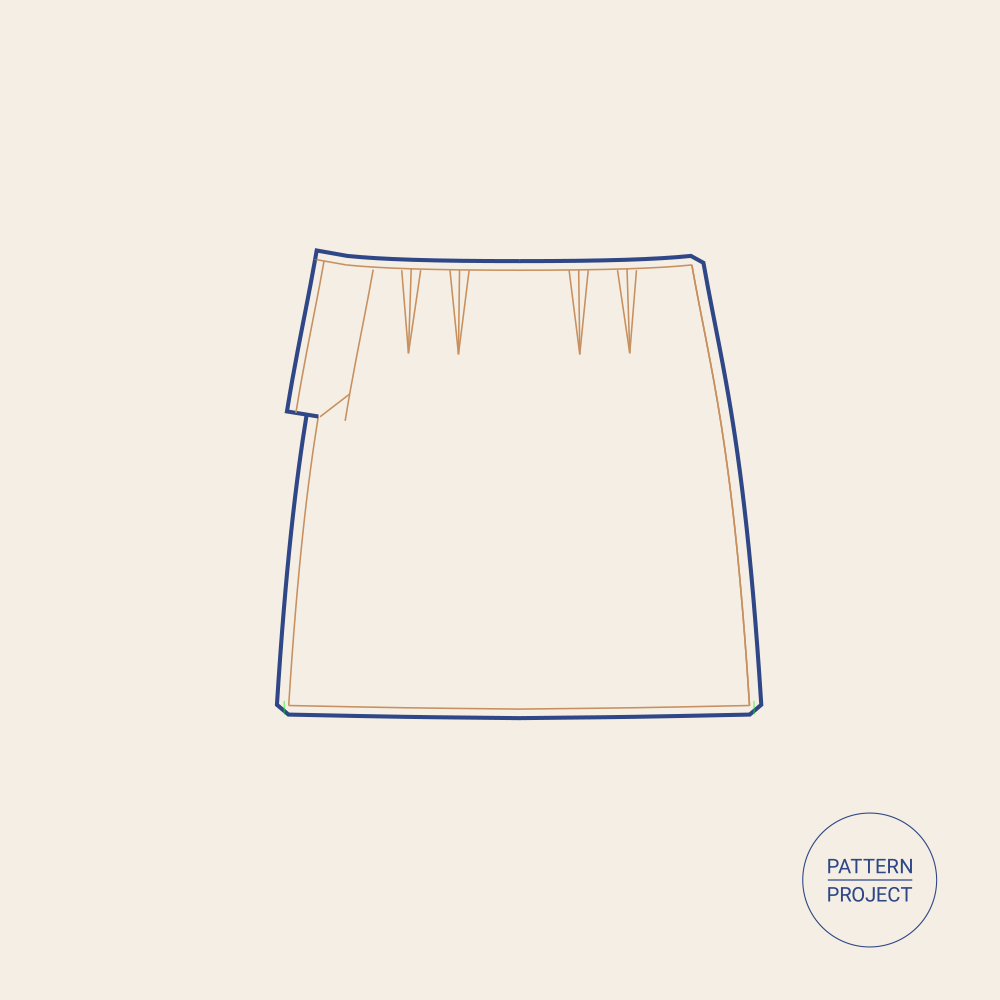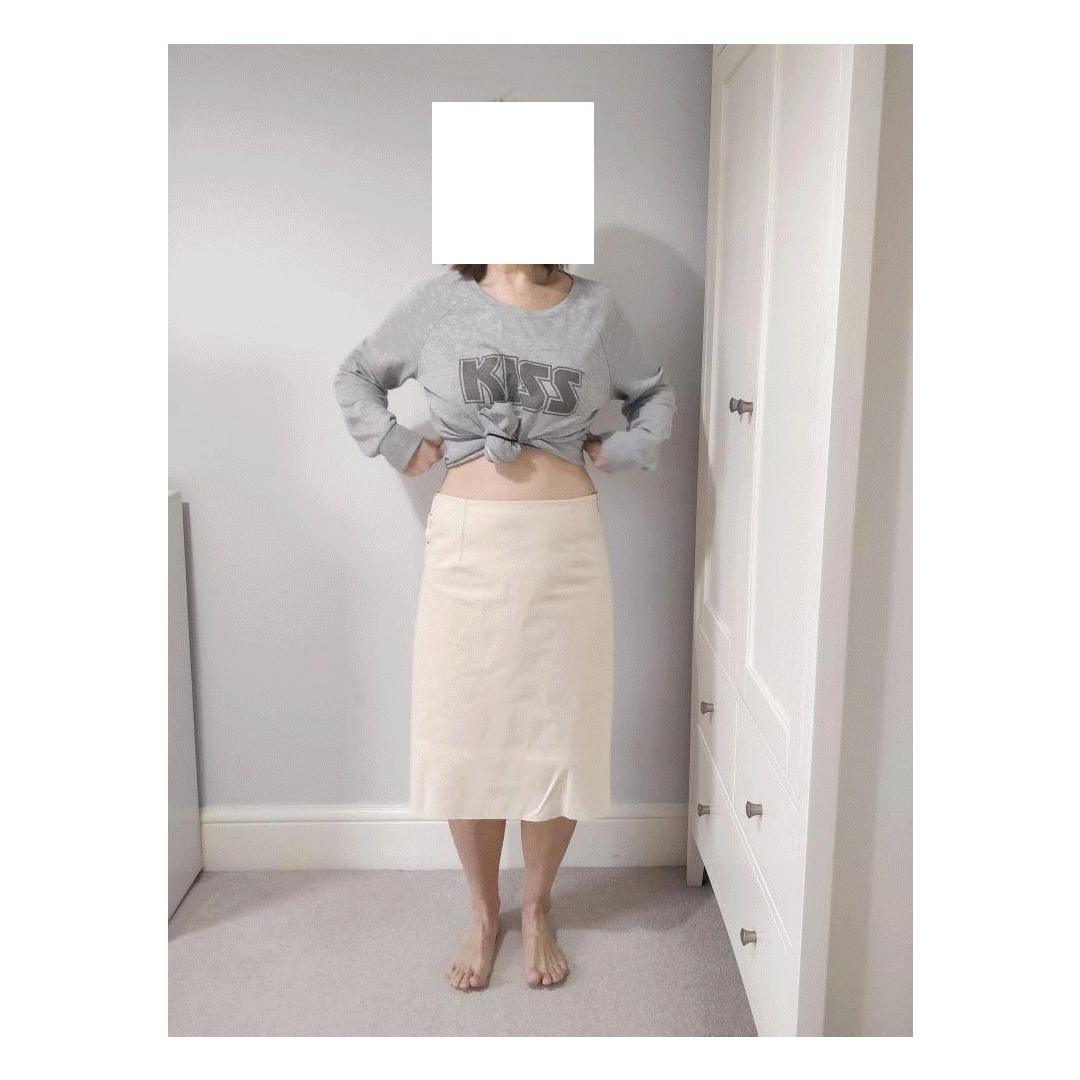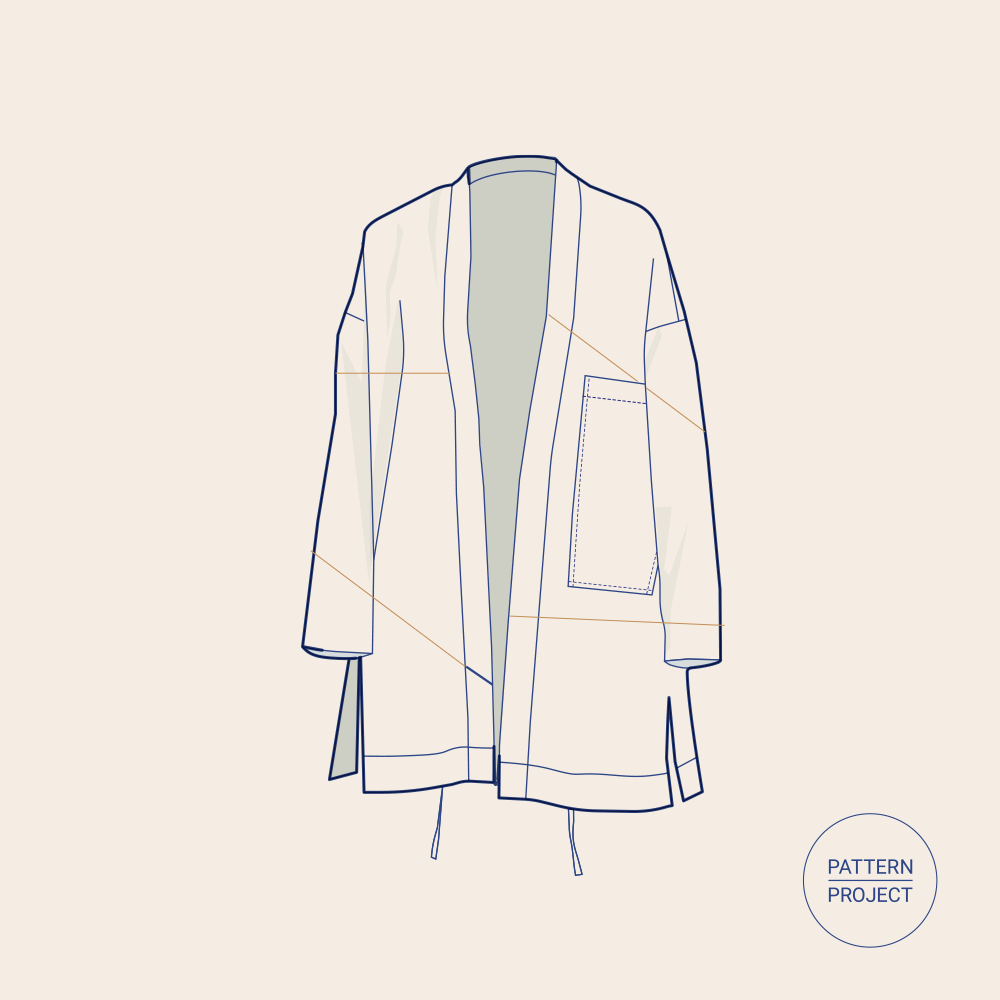
Referred to as “the holy grail” of garment manufacturing, Made-to-Order or On-demand production is a process where garments are produced locally after they have been ordered and in the quantities/styles required.
The reverse of mass manufacturing and “chasing the cheap needle”, Distributed Made-to-Order is inherently about supporting global connectivity and local productivity where digital patterns travel globally, while garment sourcing, sewing, repair and waste management stay local.
Imagine a world where you can order the latest GANNI dress, send in your measurements — and it is made by your local micro-factory, with as locally sourced as possible materials, QC’ed via a video call and sent to you — along with a guarantee of lifetime repairs.
Why Is It The Future Of Garment Manufacturing?
1. It entirely eliminates excess stock or unsold inventory (⬇ waste) A staggering 100 billion items of clothing are produced each year, that's nearly 14 items for every human being on the planet. Some 20% of these go unsold, leftovers are usually sold without labels, buried, shredded or incinerated. This is because forecasting demand (i.e knowing which size, style and colour will sell) — is a very hard problem for most brands — which is why they overproduce/overbuy — and end up with unsold clothes. Thomas, D. (2019). The High Price of Fast Fashion
Made-to-Order = GOODBYE overstock

2. It gets rid of the toxic dependence on Shopping Holidays (⬆Full Price Sales) Pushing stock via progressively increasing discount percentages, not just damages brand image, it is a dated concept which reduces full-price sales and converts people into bargain shoppers.
Made-to-Order = more full price sales

3. It makes well-fitted clothing accessible to everyone (⬆ inclusive) Fun fact - only 25% of the UK population falls firmly into a single-size category (Pattern Project, 2022). There are more of us who do not fit into standard sizing than those who do! In fact, Standardised sizing emerged as a way to cut costs as the catalogue industry blossomed in America, and it has been plagued with problems.
Instead of our bodies fitting into the pre-made garments, Made-to-Order based on parameterised custom-fit blocks can ensure well-fitted clothing for all sizes. It also allows for simple interventions like making sure that the waist falls at the right point no matter how long or short the torso and shoulders fit well!
Made-to-Order = body positive clothing

4. It creates resilient supply chains by re-building skills locally (⬆resilience) Despite the UK’s rich heritage and tradition in tailoring, skilled sewing machinists are now rare, and new trainees are difficult to recruit and retain. The Made-To-Order model has the potential to create meaningful jobs due to the non-repetitive nature of the approach, and make being a multi-skilled sewing machinist an interesting and well-paid option for younger people.
Made-to-Order = meaningful jobs

5. It has the potential to reduce garment manufacturing carbon emissions by 47% (⬇ emissions) In 2020, the University of Nottingham did an analysis stating that there stands to be 47% fewer emissions by manufacturing clothes domestically vs overseas. These gains are because factories overseas are not powered by renewable sources of energy, and savings on transportation. Little, M. (2019). Greenhouse Gas Emissions from Stages of Garment Manufacture.
Made-to-Order = reduced emissions

6. It offers endless design possibilities Computation fashion design can support designers' creativity and help make better use of available fabric. Read more here.
Made-to-Order = creative fabrication

While a network of distributed Made-to-Order micro-factories is much more difficult to build than a mega garment manufacturing factory, it is the future that garment manufacturing deserves. As Paola Antonelli has said “Clothing is the most universal and most intimate design object. Every day, everywhere, everyone wears something.” We should work hard to get this right since we have got it so wrong right now.









